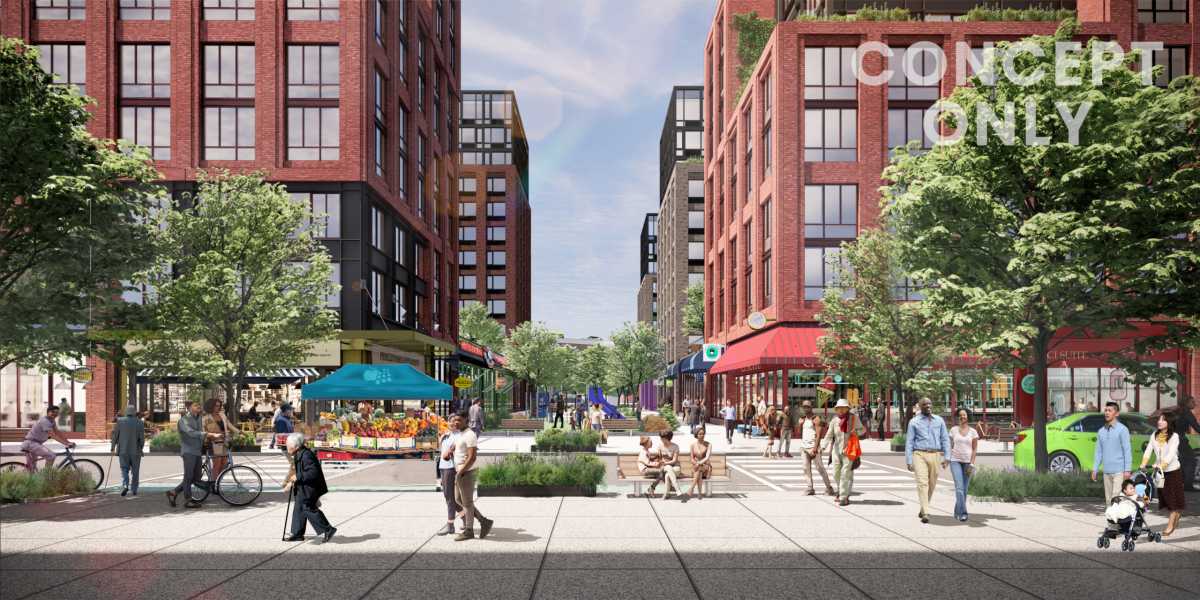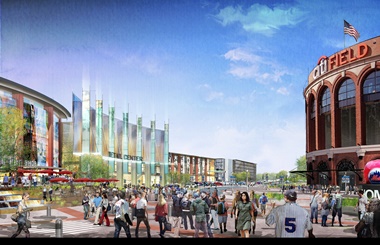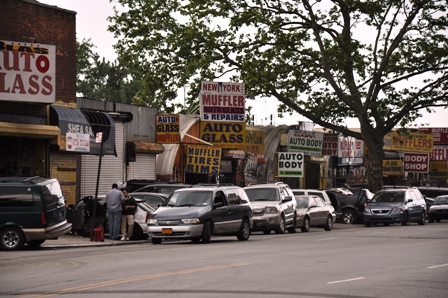I may not be a lifelong soccer fan, but I know that, like other team sports, it takes strong relationships, trust and aligned values to achieve shared goals.
And that’s exactly what I see in the plan announced by Councilman Francisco Moya and Mayor Eric Adams to transform the long-blighted area known as Willets Point. While the headlines focused on the new privately financed stadium — the first in the city to be specifically built for soccer, which is wildly popular among the borough’s Hispanic and Latino populations (which account for nearly 28% of all Queens residents) — what really makes this project such a win for the community is the 2,500 units of permanently all-affordable housing.
This, coupled with a brand new K-8 public school, open space, and ground-floor space for local retail, makes this plan a truly community-focused one, unlike others we have seen in the past including those proposed for this very site.
Perhaps it’s surprising, and a little hard to believe — after all, we haven’t seen many examples of new sports stadiums that come without relying on a hefty contribution from taxpayers, let alone a true community that will still be able to afford to live there long after construction has completed. Few if any sports stadiums in this country have had the foresight to build a measure of permanently affordable housing into their plans.
The reason this feels like a new way of doing this is because it is: this very plan grew out of the recommendations from Willets Point Task Force, convened in 2018, chaired by Councilman Moya and the Queens Borough President at the time.
The Task Force explored multiple scenarios, and the one that envisioned a hub for a new soccer stadium specifically called for land to be set aside space for public facilities, open space, and residential with a range of affordability levels.
Those of us who are from and live in the surrounding neighborhoods like Corona, East Elmhurst and Flushing know that what “affordability” means to us is different than what it might mean to other parts of the city.
This is why it is so important that for the future homes at Willets Point, the majority of them will be reserved for households earning less than $96,000 a year and with some reserved for those earning below $36,o00 a year. And over 200 homes will be dedicated for low-income seniors.
We also know that affordable homes alone aren’t enough. To thrive, our neighbors need steady jobs, access to reliable transit, good schools, and open space. Thankfully, this plan takes all of this into account.
The union-built stadium and hotel will yield tens of millions of dollars in contracting opportunities for minority- and women-owned businesses and in doing so create over 14,000 construction jobs. When complete, the stadium, hotel, housing and retail components will create an additional 1,500 permanent jobs. These jobs will specifically seek to recruit, hire and train local residents through a City-run program in partnership with local community organizations. Ground floor retail space in the affordable housing complexes will be reserved for local small businesses. In addition to a new, standalone 650-seat public school, the area surrounding the housing and stadium will feature 40,000 square feet of open space for residents and visitors to enjoy a variety of uses, such as youth programming run by community nonprofits.
This being New York, there will no doubt be opinions of what more can be done. But at a time when Queens desperately needs more housing, perfect should not be the enemy of the very good — especially when considering all the elements of this vision in an area that has stymied past efforts, none of which have been this strong.
It’s a plan that may just make you want to live there. Or at the least, become more of a soccer fan.
Larinda Hooks is president of the East Elmhurst Corona Civic Association.





































